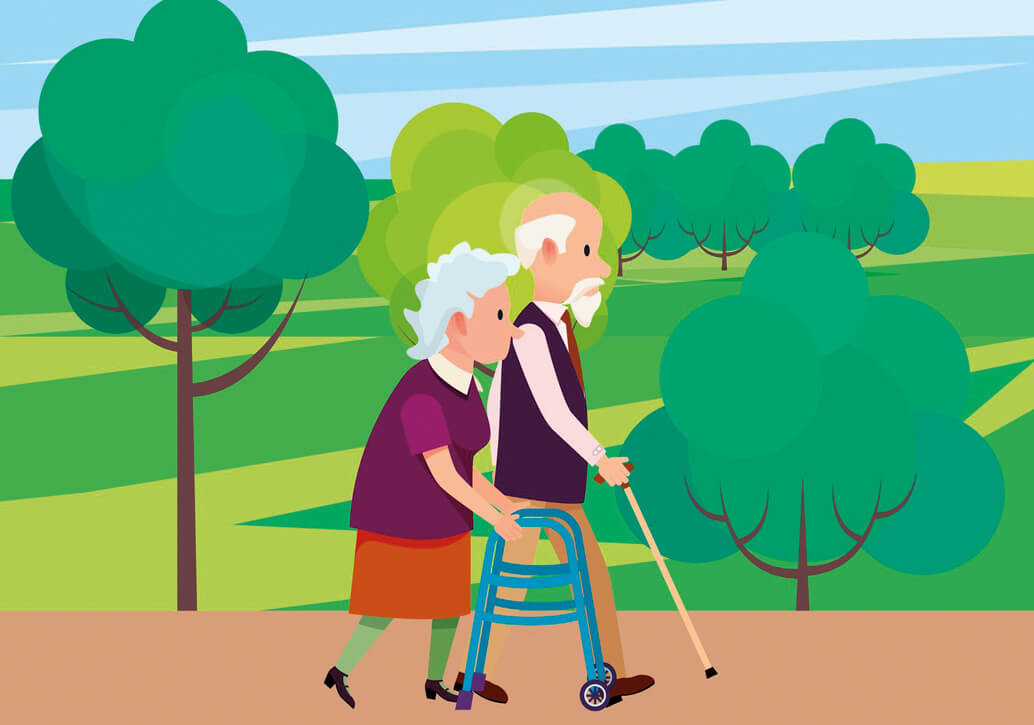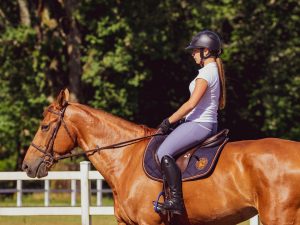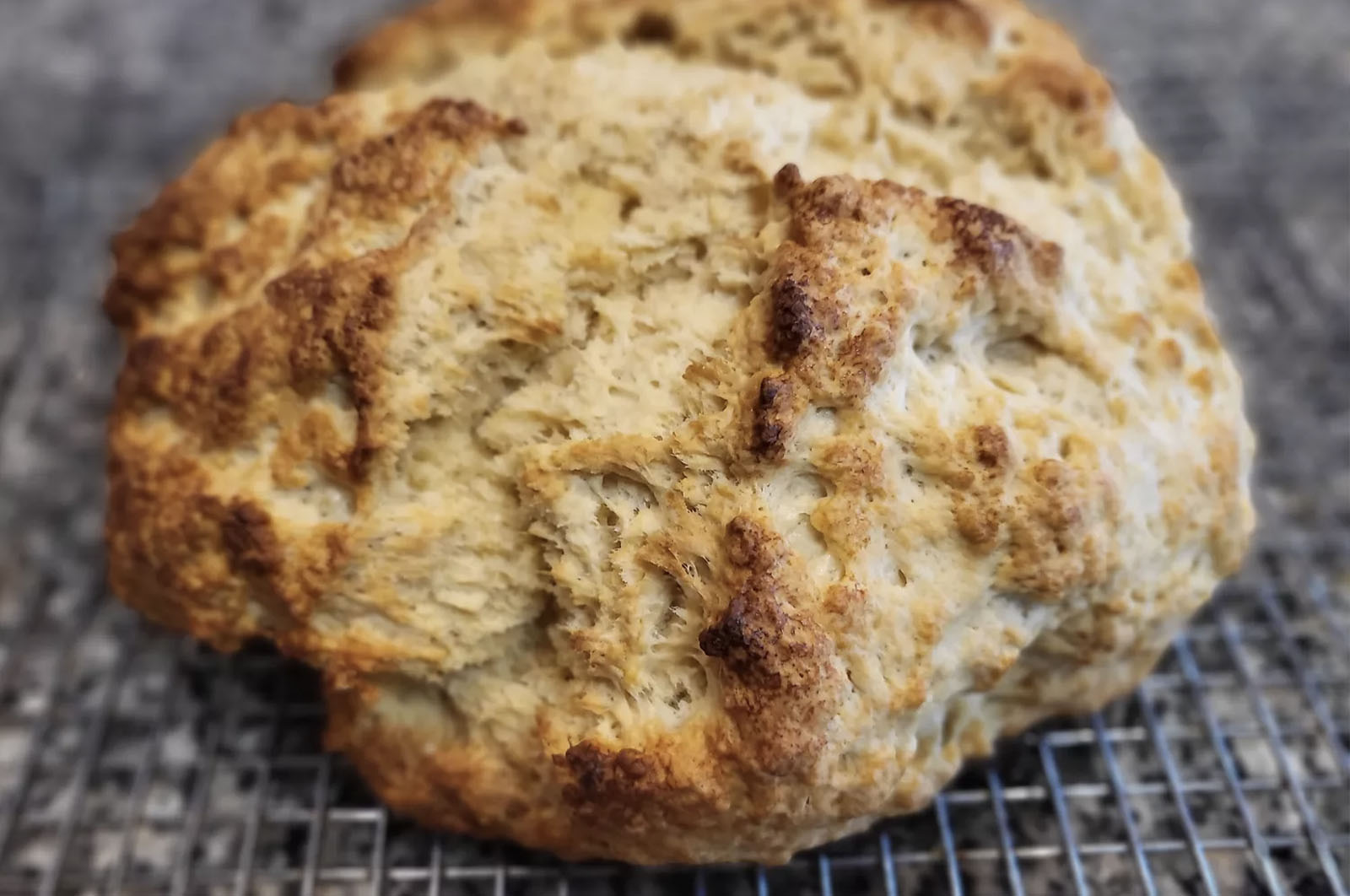Balance exercises for seniors prevent falls
Exercise keeps older adults as strong and independent as possible by improving strength and balance. When done regularly, exercise significantly improve strength, increase balance and stability, and reduce fall risk.
Safety first! Prevent falls while exercising
The last thing anyone wants is for someone to fall or get hurt while they’re exercising. For support and safety, stand close and be ready to support your older adult – be extra cautious the first few times they try these exercises.
- Keep a sturdy chair nearby and have them sit and take breaks when they get tired.
- Let them know that they shouldn’t do any exercise that causes pain.
- If your older adult is especially frail or wobbly, use an inexpensive gait belt for extra safety.
- For all exercises, your older adult should stand at their walker, holding the handles.
- If the walker has brakes, make sure they’re engaged. And ask your older adult not to lean or put too much weight on the walker and cause it to slide.
- If you’re concerned that the walker could roll forward, position it against a wall, couch, or similarly strong barrier to keep it from moving.
- In addition, place a sturdy, non-slip chair directly behind your older adult in case they get tired or lose their balance and suddenly need to sit.
- Encourage them to keep doing the exercises with you at their side – they will gain strength over time.
(Please note: there are 5 exercises despite what the title of the video says.)
Exercise 1 (1:22 in video)
March in place, lifting knees as high as possible. Do 10 on each leg for a total of 20 marching steps,
Exercise 2 (1:49 in video)
Lift one leg out to the side using a slow, controlled motion. Do 10 lifts on each leg, one side at a time.
To get the full benefit of the exercise, have your older adult move slowly and watch out for signs of “cheating” (1:59 in video).
Exercise 3 (2:24 in video)
Lift one leg straight back behind the body. Do 10 lifts on each leg, one leg at a time.
Watch out for signs of “cheating” (2:38 in video).
Exercise 4 (2:55 in video)
Stand with feet about shoulder width apart. Slowly do a small squat, being careful not to go too low, especially in the beginning. Do 10 squats.
As lower body strength builds over time and this exercise gets easier, slowly increase the depth of the squat.
Exercise 5 (3:35 in video)
While standing, lift heels to stand up on the toes. Then, lower heels to return feet to a “flat” position.
Next, lift toes and slowly rock back on heels. Be sure their walker is secured before they pull on it or else they could slide and fall.
Repeat 10 times.
Practice is more important than perfection
Even if your older adult can’t do the exercises perfectly or can’t do all 10 repetitions, keep encouraging them to do their best and to exercise regularly. As your older adult gains strength and balance over time, they’ll be able to do more and more.
Reposted from dailycaring.com.













